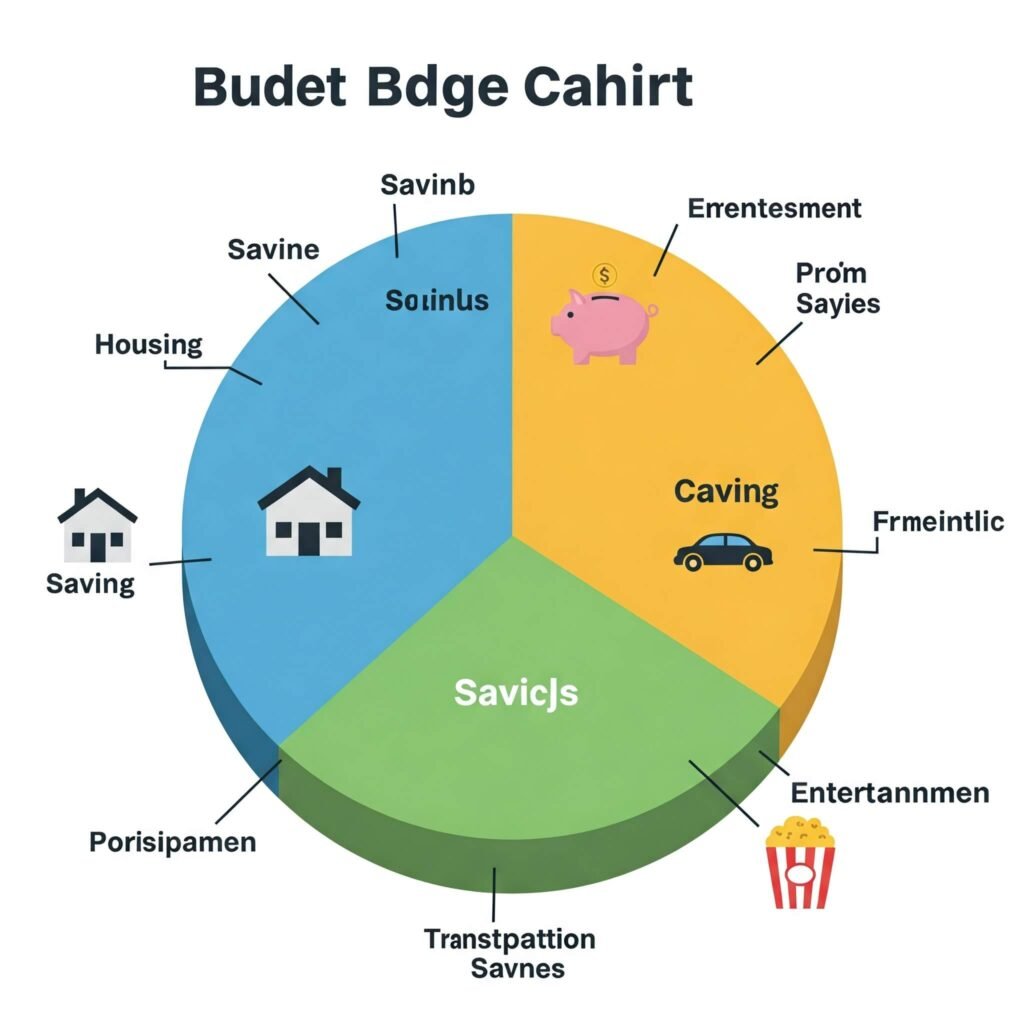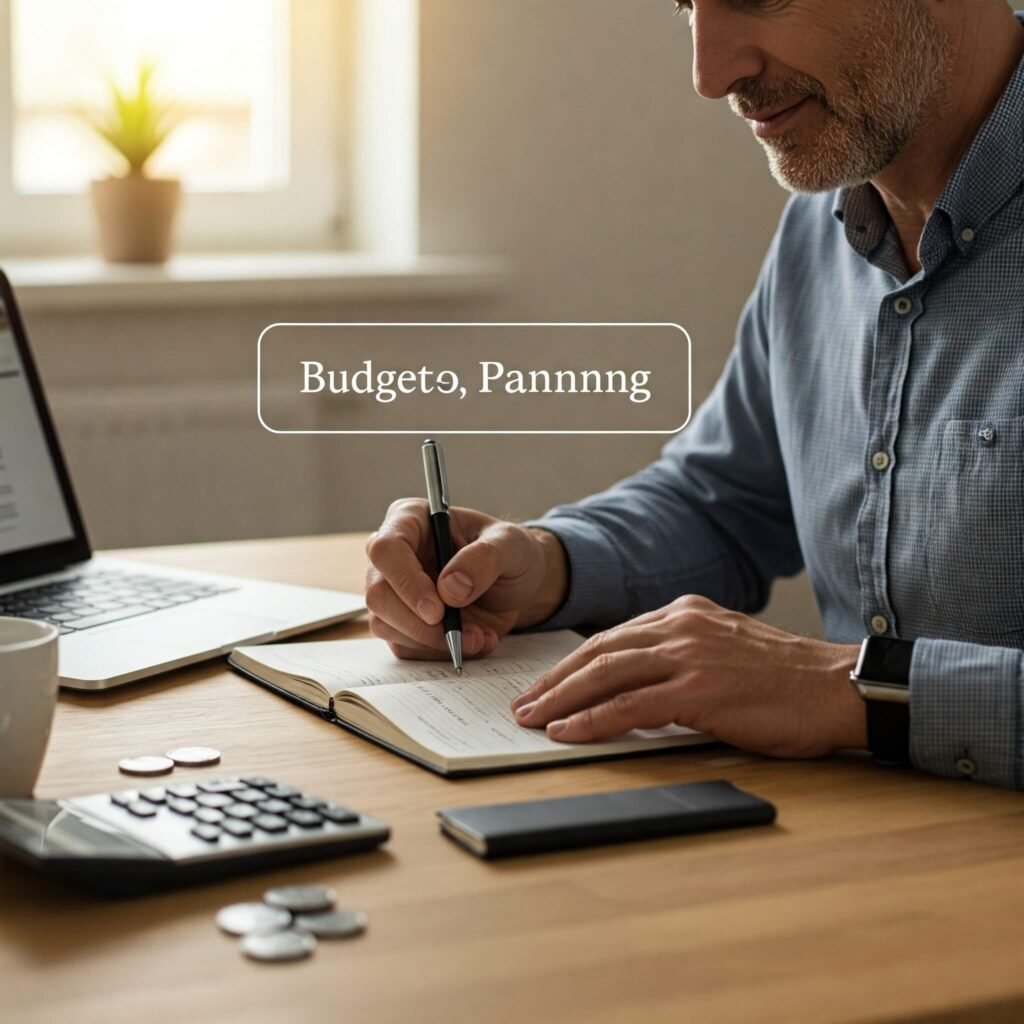I tried that last week, sprawled on my saggy couch in my tiny Denver apartment, the air heavy with the smell of burnt toast and my own bad decisions. I’m no finance bro, just a 32-year-old dude who once thought “financial freedom” meant having enough for a burrito run without checking my bank app. Spoiler: I was wrong, and my overdraft fees laughed in my face. Sitting here now, with my laptop humming like it’s plotting revenge and my cat glaring at me for buying her cheap kibble, I’m spilling my raw, messy journey to figure out budgeting tips that don’t make me wanna scream. Like, seriously? Let’s dive into how I learned to create a budget without losing my mind—warts, burritos, and all.
Why Trying to Create a Budget Feels Like Wrestling a Greased Pig
Budget That Works is hard, okay? I learned this the hard way at a dive bar in Boulder, neon lights buzzing, when my card got declined mid-round of IPAs. Embarrassing? Oh yeah. My buddies covered me, but I went home and stared at my bank account like it was a horror movie. That’s when I realized financial freedom starts with knowing where your money’s ghosting you. Check out Mint’s budgeting basics for a less chaotic start than mine.
Small wins matter. Tracking even one coffee run felt like a flex—start there.
It’s not sexy. Budgeting’s like flossing—nobody loves it, but it saves you pain later.
You’ll screw it up. I budgeted $100 for groceries, then spent $80 on takeout. Classic me.

My First Stab at Creating a Budget (and How It Imploded)
So, I decided to create a budget after that bar fiasco. I’m in my kitchen now, dishes stacked like modern art, trying to make sense of my receipts. My first try? A budgeting app—YNAB—which I thought was my savior until I forgot to log my Netflix sub and threw everything off. I also tried the “envelope system” but ended up using my “fun money” envelope for a late-night pizza order. Total rookie move. Here’s what I learned after crashing and burning:
- Track every penny. Sounds obsessive, but apps like EveryDollar make it less painful.
- Be real about “fun.” I cut my bar budget to $50, cried a little, but survived.
- Emergency fund, duh. I had none, then my car broke down—$600 disaster. Start small, like $20 a week.
The Time I Thought I Nailed Budget That Works (Spoiler: Nope)
Oh man, picture this: I’m at a thrift store in Aurora, high on my “budgeting glow,” snagging a $10 lamp like I’m adulting incarnate. Then I see a vintage skateboard—$75, no brainer, right? Wrong. Blew my misc budget, and my cat’s still side-eyeing me for it. Budgeting strategies need guardrails, or you’re me, impulse-buying junk while preaching financial freedom.

Budgeting Tips to Actually Create a Budget That Sticks
Alright, I’m no Dave Ramsey, but I’ve got budgeting tips that keep my chaos in check. Typing this while my neighbor’s lawnmower roars like a T-Rex, I’m thinking about how these hacks saved my broke butt:
- Automate savings. I set up auto-transfers to a savings account—outta sight, outta mind.
- Cut dumb subscriptions. I canceled three streaming services after a NerdWallet budgeting guide shamed me.
- Meal prep, kinda. I batch-cook rice and beans, but still sneak a taco. Balance, yo.
- Check in weekly. I review my budget Sundays, fueled by bad coffee and regret.
The Emotional Dumpster Fire of Money Management
Creating a budget is like staring into your soul’s void. One day, I’m hyped, thinking I’m two steps from financial freedom; the next, I’m spiraling because I spent $40 on artisanal cheese. Sitting here with my cat knocking over my coffee mug (again), I’m torn—budgeting feels empowering but also like a leash. Anyone else vibe with that contradiction? It’s real, and I’m still navigating it.

Wrapping Up My Rant on Creating a Budget
So, that’s my hot mess of a journey to create a budget that doesn’t suck. I’m still not a financial freedom rockstar—more like a guy who’s stopped overdrafting on burritos. It’s progress, not perfection, right? Start small, laugh at your screw-ups, and maybe don’t buy a $75 skateboard.
Outbound Link: How to Create a Budget That Works: Tips for Financial Freedom




